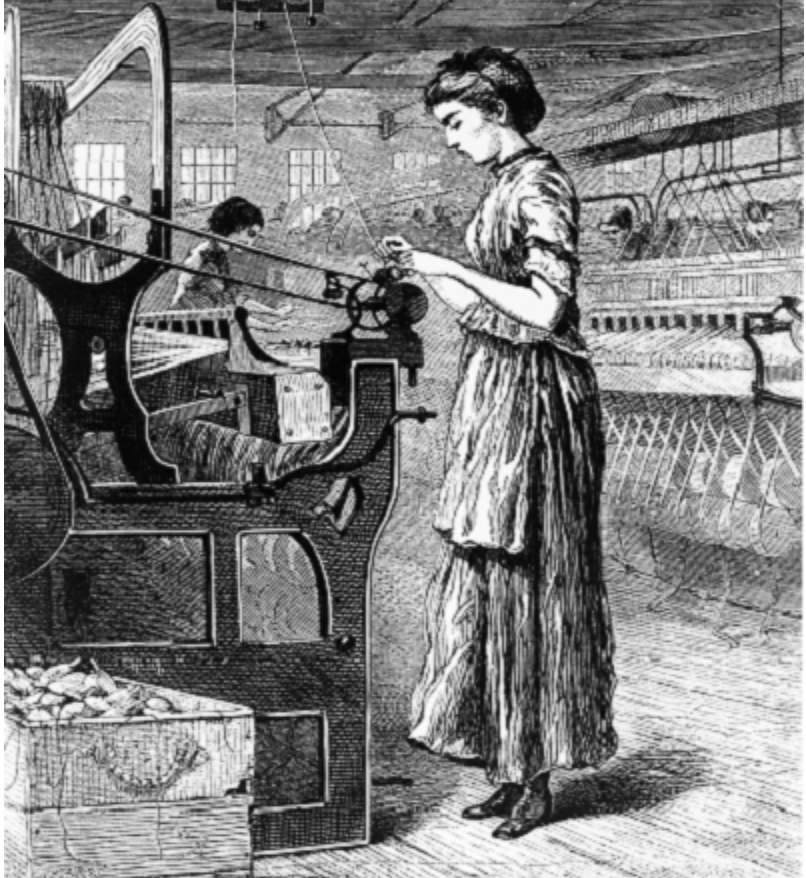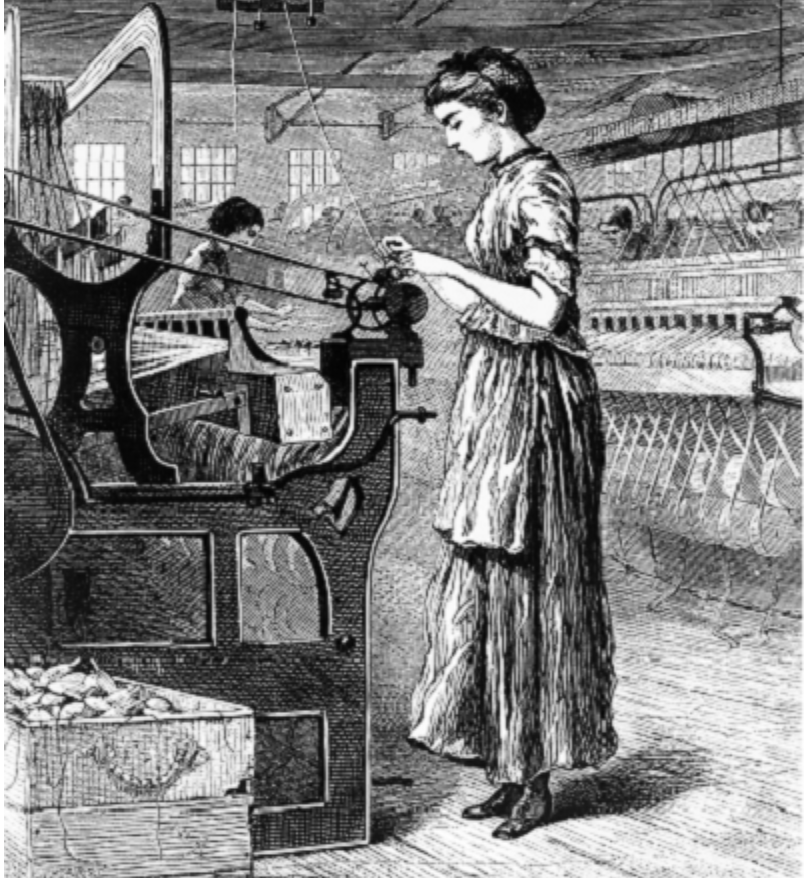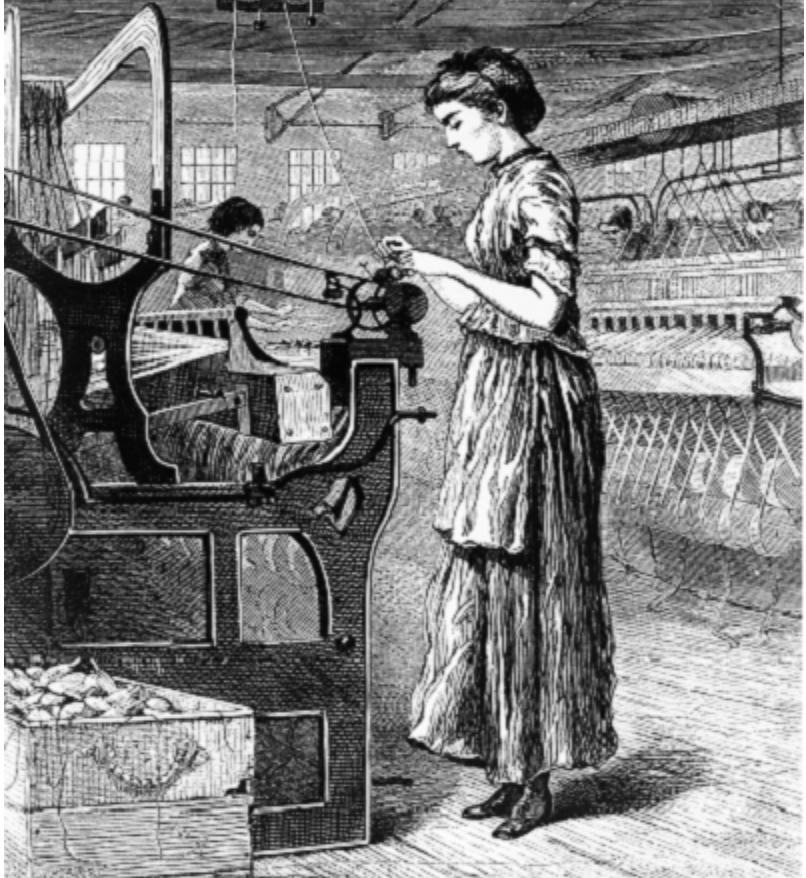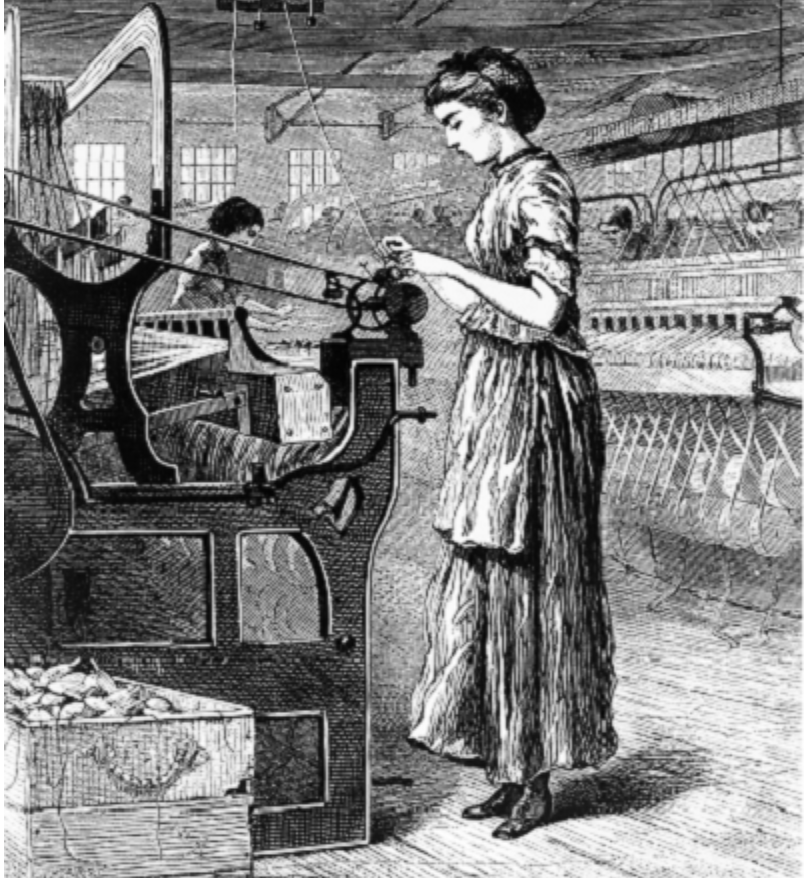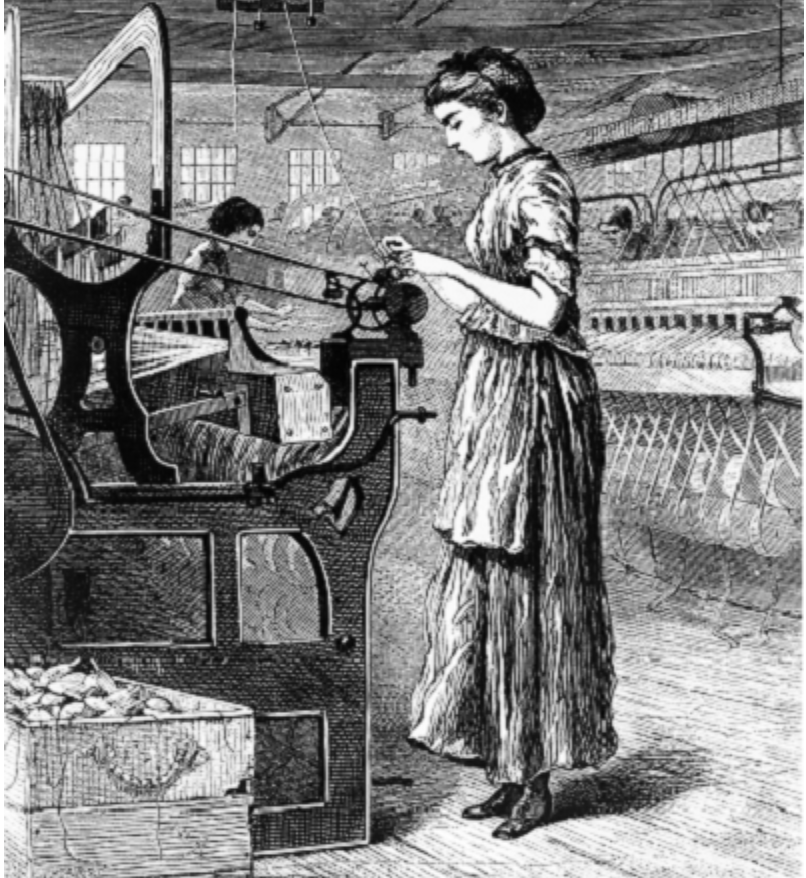APUSH - HP 4 SAQ and Specific Evidence
1/34
Earn XP
Name | Mastery | Learn | Test | Matching | Spaced |
|---|
No study sessions yet.
35 Terms
Economic Difference: Northern Industrialization (1790–1840)
The North developed an industrial economy focused on manufacturing, wage labor, and urban growth. Factories and transportation systems supported a market-based economy that reduced reliance on slavery.
Lowell System
Factory labor system in Massachusetts employing young women; represented Northern industrialization and wage labor, contrasting with Southern slave labor.
Transportation Revolution
Canals, steamboats, and railroads connected Northern cities, promoting industrial and commercial growth; helped create a national market, unlike the South’s isolated plantation economy.
Market Revolution
Economic shift toward producing goods for sale and profit, especially in the North; tied to manufacturing and banking, not plantation agriculture.
Economic Difference: Southern Plantation Agriculture (1790–1840)
The South developed an agricultural economy based on plantation slavery and cash crops, especially cotton, creating dependence on enslaved labor.
Cotton Gin (1793)
Invented by Eli Whitney; made cotton process
King Cotton
The dominance of cotton exports made the South economically dependent on slavery and foreign trade rather than industry.
Slave Labor System
Enslaved Africans provided unpaid labor that fueled Southern agricultural profits, contrasting sharply with Northern wage labor.
Economic Connection: Interdependence Between North and South (1790–1840)
The Northern and Southern economies were connected—the South supplied raw cotton to Northern factories, and the North provided manufactured goods and transportation.
Textile Industry
Northern textile mills relied on Southern cotton for raw material, linking industrial North and agricultural South.
National Market Economy
Improvements in transportation (canals, railroads) created economic interdependence—Southern goods moved North, and Northern goods moved South.
American System (Henry Clay)
Economic plan promoting national unity through tariffs, a national bank, and infrastructure; aimed to link North and South economically even though the South often opposed tariffs.
Event Supporting Ellis’s Interpretation: Kentucky and Virginia Resolutions (1798–1799)
Jefferson’s defense of strict constitutional limits and state rights shows his long-standing belief in limited federal power, consistent with Ellis’s view that he struggled to justify the Purchase within his principles.
Event Supporting Ellis’s Interpretation: Republican Ideology
Jefferson’s belief in agrarianism and limited federal authority supports Ellis’s claim that Jefferson’s decision came from idealism about the West, not a sudden embrace of executive power.
Event Supporting Ellis’s Interpretation: Fear of Federal Overreach
Earlier opposition to Hamilton’s strong federal policies shows Jefferson’s devotion to small government, backing Ellis’s argument that the Louisiana Purchase conflicted with his principles.
Event Supporting Meacham’s Interpretation: Hamilton’s Financial Plan (1790s)
Jefferson’s opposition to Hamilton’s plan showed his earlier rigidity, but his later willingness to stretch executive power for the Louisiana Purchase supports Meacham’s view of Jefferson’s adaptability and pragmatism.
Event Supporting Meacham’s Interpretation: Napoleonic Threat
Napoleon’s control of Louisiana and potential to block U.S. trade motivated Jefferson to act decisively, demonstrating pragmatic leadership as Meacham describes.
Event Supporting Meacham’s Interpretation: Jefferson’s Use of Executive Power
By purchasing Louisiana without a constitutional amendment, Jefferson showed he could prioritize national interest over strict interpretation, supporting Meacham’s claim of Jefferson’s flexible statesmanship.
Henry Clay’s American System
Henry Clay’s plan to strengthen the national economy through a national bank, protective tariffs, and internal improvements like roads and canals. (APE: It aimed to unite the North, South, and West economically.)
Protective Tariffs
Tariffs designed to protect American manufacturing by taxing imported goods; part of the American System to promote industry and self-sufficiency.
Second Bank of the United States
Created to stabilize the national currency and manage federal funds; supported by Clay’s American System to strengthen the economy after the War of 1812.
Internal Improvements
Federal funding for infrastructure like the Erie Canal and National Road; meant to connect regions and encourage trade.
Region Favoring the American System: The North
The industrial North supported the American System because tariffs protected factories from foreign competition and improved infrastructure helped ship goods.
Northern Manufacturers
Benefited from protective tariffs that made British goods more expensive, increasing demand for U.S. products.
Western Farmers
Favored internal improvements because roads and canals connected them to Eastern markets, expanding trade opportunities.
Region Opposing the American System: The South
The agricultural South opposed the American System because tariffs raised prices on imported goods and hurt cotton exports.
Southern Planters
Opposed protective tariffs since they relied on exporting cotton and importing cheap goods from Europe.
States’ Rights Advocates
Argued internal improvements and a national bank expanded federal power unfairly, violating states’ rights and Southern interests.

